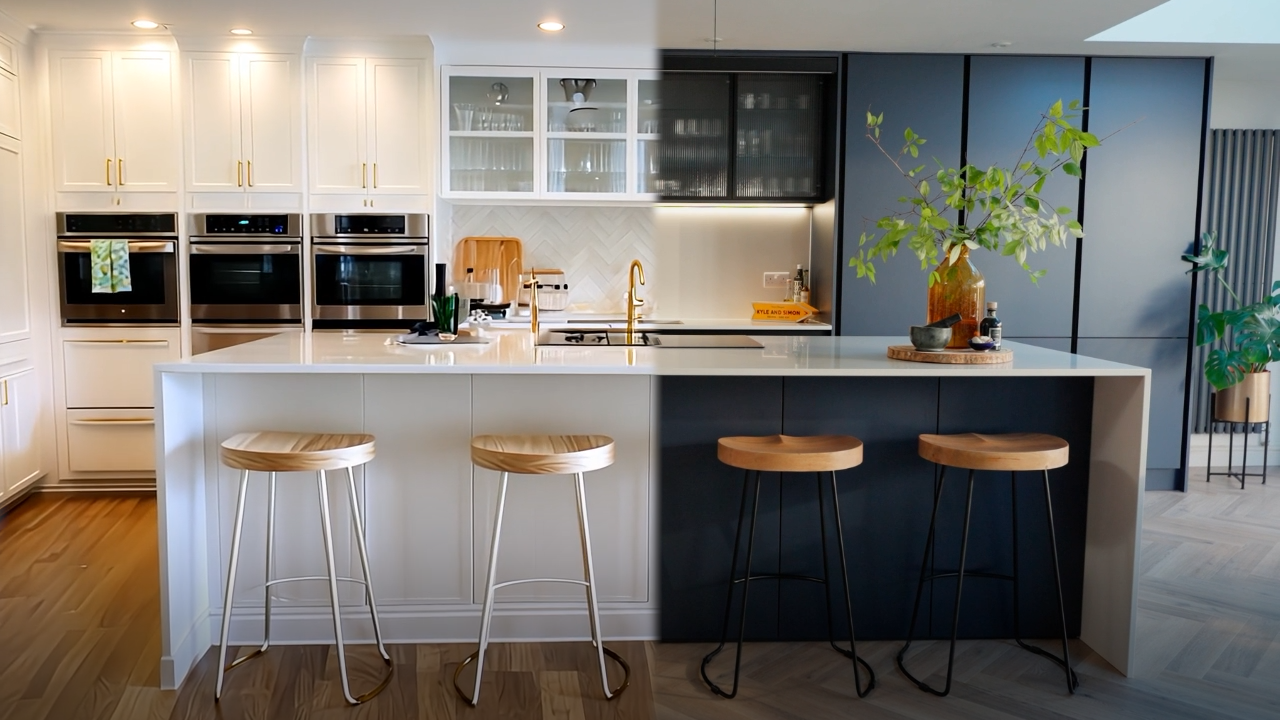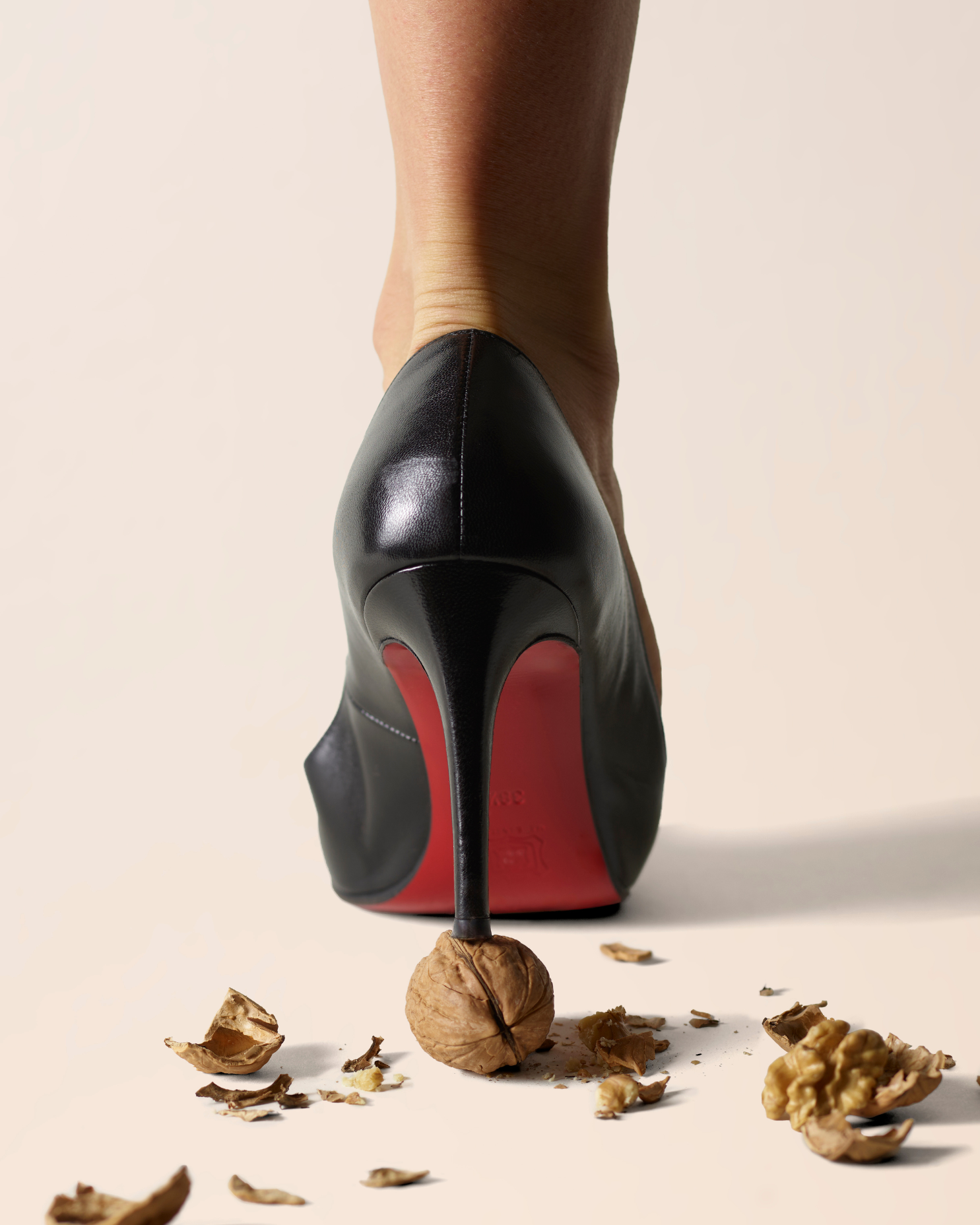The art of authenticity in Food Photography
As passionate F&B experts, we’re always intrigued by the latest developments in the culinary world.
Following the news of a New York man who filed a lawsuit against the popular food chain, alleging false advertising, we couldn’t resist delving into the details with our food strategists, to shed some light on the matter…
How can food brands ensure that their content accurately represents the product being advertised?
And when does ‘food styling’ become false advertising?
About this post
Published
Author
August 9, 2023
Maite Gonzalez

In a digital first world, the importance of authenticity cannot be overstated. With the power of social media and the internet in general, what was once a one-on-one conversation can now be shared instantaneously to a global audience. We’re constantly exposed with content from countless brands, making it increasingly challenging to differentiate between genuine offerings and misleading promotions… Which leads us onto the questions:
When styling and shooting food for commercial purposes, how do you strike a balance between ‘artistry’ and accurately representing the product? And how far is too far in food advertising?
Hear it from Georgie,
our Lead Food Creative
As a food stylist, my main objective is to represent the product and context accurately. Our aim is to be the digital chameleon, representing the product, dinner, or whatever in the most relatable way for the audience. It’s so important to stick to the product specifications provided by the manufacturer, which outline the exact ingredients, quantities, and distribution required – whether it’s the grams of lettuce or the number of pepperoni slices on a pizza. This way, we can be sure that what we present aligns perfectly with the product.
However, sticking to the guidelines doesn’t mean we can’t bring our relative creativity into the mix. When dealing with packaged food, for instance, we can still select the most visually appealing ingredients at the shop – the greenest, lushest lettuce, the juiciest cuts of chicken or the best coloured and shaped burger bun. It’s all about using our eye for detail and understanding of visual taste appeal to make the product shine without misrepresenting it in any way!
What does consistent ‘random distribution’ look like across a range of products?
This is really important! We’re looking for consistency across multiple digital mediums. Strategic arrangement plays a crucial role in enhancing the presentation. We might fill any gaps in a sandwich with micro pieces of green curly lettuce, edge the sandwich lid away from camera a little to cast more light into the filling or small touches like painting a nice drip of mayonnaise over the edge the bread can make a big difference in making it look good.
Maintaining the appearance of freshness is of utmost importance during a shoot! To achieve this, we keep salads looking fresh by spritzing them with cold water, and lightly painting meat with oil to preserve that just-cooked sheen. For pizzas, we have a limited time before the cheese loses its appeal, so in such cases, we usually prepare a fresh one to ensure it looks its best.
We’re essentially taking the actual product, and giving it a facelift.
We then collaborate closely with our team of creatives to determine the best angles and positioning to truly hero the food. For instance, capturing a burger from a low angle can emphasize its height and scale, as demonstrated in our recent work with Hovis.
Personally, our stance at Powerhouse is to keep things as natural and real as possible. We avoid using trickery, we don’t take shortcuts, no shaving foams! We believe in the importance of representing the product faithfully. We steer clear of using PVA glue for milk in cereal shots or substituting mashed potato for ice cream, none of those old-fashioned tricks you hear about! The beauty and trend in food styling these days leans toward authenticity, relatability, and achievability, and that’s precisely the approach we take with our work.





